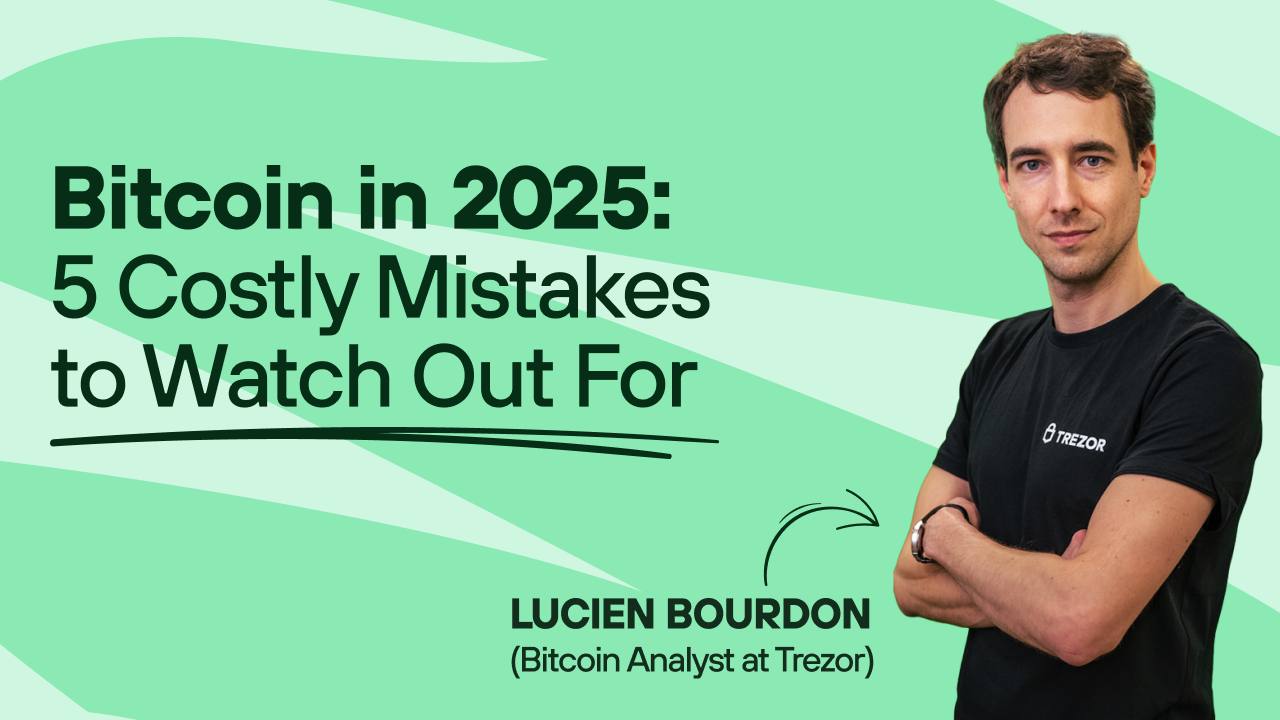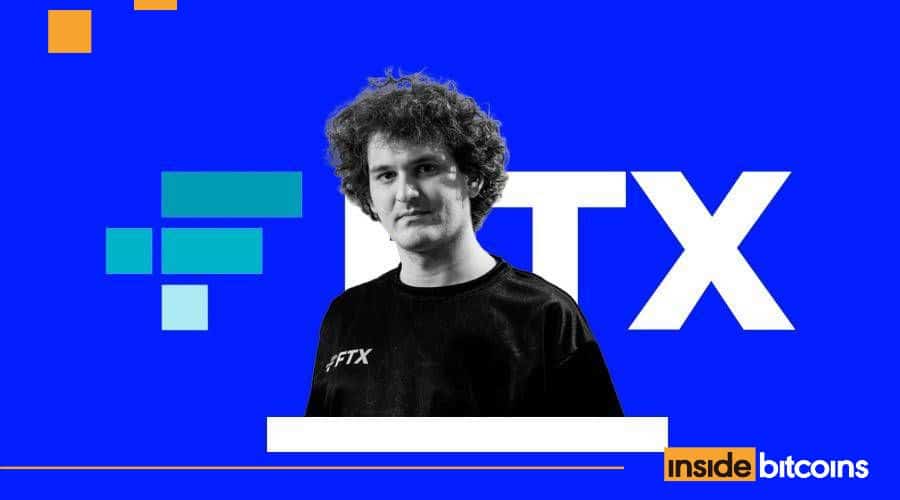
The Ethereum Foundation (EF) has entered what its new co-executive directors call “a moment of transition and opportunity,” unveiling a comprehensive management shake-up and refreshed strategic vision through three coordinated blog posts published on Monday, 28 April.
Hsiao-Wei Wang and Tomasz K. Stańczak, who have jointly steered EF for “almost a month,” announced that the “honeymoon is over—it’s time to get moving,” signaling the end of an unusually quiet hand-over period and the start of an assertive push to redefine the Swiss-based foundation’s internal governance and external priorities.
Ethereum’s first experiment with co-executive leadership is framed as a deliberate antidote to single-point fragility. “EF is not a two-headed carriage pulling in different directions,” Wang and Stańczak wrote. “Our relationship is built on mutual respect, trust, and shared values. We collaborate closely, challenge each other constructively, and ultimately move forward as a united team with shared goals.”
New Era For Ethereum Foundation
Those goals converge on three technical fronts for the next 12 months: scaling the Layer 1 mainnet, scaling data-availability “blobs,” and smoothing user experience across Layer 2s and the application layer. Stańczak pledged “speed of execution, accountability, clear goals, objectives, and metrics to track,” adding that Ethereum mainnet will remain “a global, neutral network, a protocol trusted to be trustless.”
The structural revamp extends beyond management. A separate post by the EF board describes the board as “like a security council to protect the heart and soul of EF,” responsible for vision-level oversight and Swiss regulatory compliance. Vitalik Buterin retains a board seat and “continues to provide technical and intellectual guidance,” while EF president Aya Miyaguchi, Swiss counsel Patrick Storchenegger, and Wang herself round out the current four-member body.
Notably, Stańczak’s operational mandate is time-boxed: he has agreed to a two-year term in order to “leverage his proven strategic-execution expertise and experience” at what the board calls “a busy time for the Ethereum ecosystem.” Wang’s simultaneous roles on both board and management are intended to “serve as a bridge between the board, executives, and management.”
In a third post titled The Ethereum Foundation’s Vision, Miyaguchi and Buterin re-cast EF as steward of an “Infinite Garden” whose purpose is to “remain resilient amid changing environments.” They described the foundation’s philosophy of “purposeful subtraction,” summarizing it in a concise refrain: “We do what no one else can do today. We help others do tomorrow what only we can do today.”
Top Priorities For 2025
The document commits EF to maximizing meaningful Ethereum usage—whether through internet-native finance, decentralized social media, or on-chain AI coordination—while simultaneously maximizing the “resilience of Ethereum’s technical and social infrastructure.” That resilience is defined by ecosystem autonomy, diversity of development teams, and an uncompromising adherence to core values: censorship resistance, open source, privacy, and security.
Wang’s immediate priority is “strengthening the EF’s operations to support the ecosystem’s growth,” with particular emphasis on the application layer. She promises to “improve developer and user experience, clarify standards, strengthen ecosystems, and smooth the journey from ideas to live applications.” Stańczak, still involved with Nethermind and venture affiliations, will concentrate on protocol-level scalability and Layer 2 architecture.
Both directors underscore the importance of community visibility. Expect Devcon and other flagship gatherings to give “applications and L2s more presence and attention,” and for EF’s communication cadence to accelerate. “We will be willing to enter difficult dialogues without delay,” Stańczak noted.
All three posts converge on a single imperative: 2025 must be the year Ethereum proves it can scale without compromising its ethos. The co-executive directors describe the coming months as “a journey through one of the most inspiring technological and societal shifts we will ever experience,” while Miyaguchi and Buterin remind readers that “Ethereum’s greatest advantage is its unparalleled ecosystem.”
Whether the new dual-leadership model can translate that advantage into tangible progress on mainnet throughput, blobspace efficiency, and cross-rollup UX will be the first real test of EF’s “next chapter.” For now, the foundation’s message is unambiguous: the guard has changed, but “the values remain unchanged.”
At press time, ETH traded at $1.814.

Featured image created with DALL.E, chart from TradingView.com

Editorial Process for bitcoinist is centered on delivering thoroughly researched, accurate, and unbiased content. We uphold strict sourcing standards, and each page undergoes diligent review by our team of top technology experts and seasoned editors. This process ensures the integrity, relevance, and value of our content for our readers.







